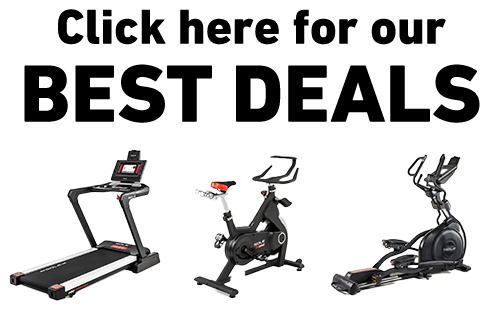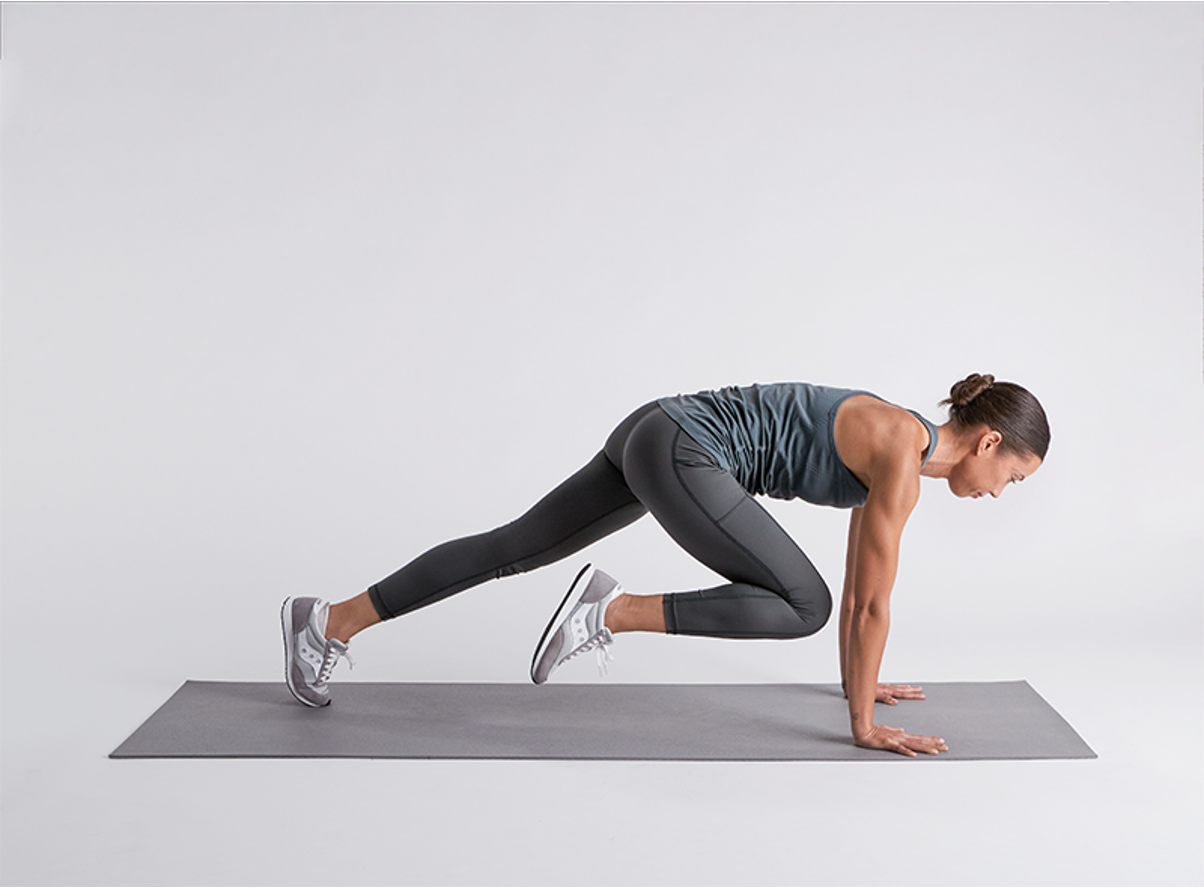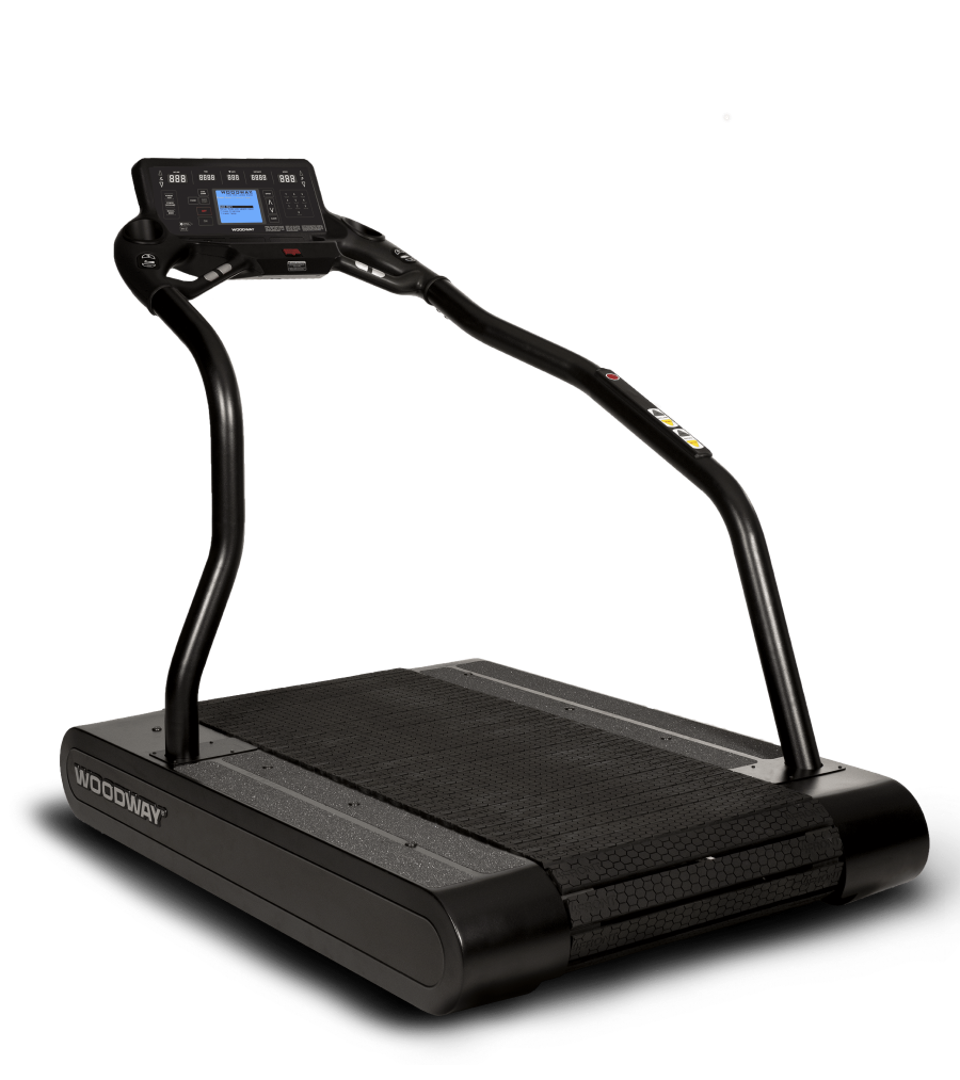Key Takeaways
- Mountain climbers work your entire core: the rectus abdominis, obliques, and deep abs.
- They're a full-body exercise that engages shoulders, arms, chest, back, and legs and burns calories while improving cardio.
- Proper form matters. Maintain a neutral spine, engage your core throughout the movement, and avoid sagging hips to prevent injury and maximize results
- Combine mountain climbers with good nutrition for visible abs.
- SOLE Equipment Mat provides the perfect non-slip surface for mountain climbers; its cushioned support protects your wrists and provides stable footing for explosive movements without sliding.
Mountain Climber Benefits
Mountain climbers are special because they do so much at once. They strengthen your core, improve your cardio fitness, and boost coordination without any equipment. Unlike basic crunches that only work one area, mountain climbers build functional strength that helps in real life and sports performance. They also burn significant calories in short time periods, making them perfect for busy schedules and high-intensity interval training (HIIT) routines.
What makes them really effective is how they challenge both your muscles and your cardiovascular system. You're building strength while getting your heart rate up - something most exercises can't do. Your core stays tight the entire time you're doing them, which creates more muscle tension and better results.
|
At SOLE, we're proud to offer top-quality exercise equipment designed for home and gym use. Our machines are built to meet the highest standards of durability and performance, making them ideal for fitness enthusiasts at any level. SOLE Products
|
Core Muscles Targeted
Primary Ab Activation
Mountain climbers primarily target the rectus abdominis, or your "six-pack" muscles. These muscles work intensely to stabilize your torso while your legs move dynamically beneath you. Your transverse abdominis (the deep core muscles that wrap around your spine and sides) also activates throughout the exercise, providing critical stabilization. This muscle is often neglected in traditional ab workouts but plays a crucial role in core strength and spinal protection.
Oblique Engagement
Both internal and external obliques get significant work during mountain climbers. These side ab muscles fire to stabilize your torso against rotation as each leg drives forward. The anti-rotation component makes mountain climbers particularly effective for developing oblique strength and definition. When you perform variations like cross-body mountain climbers (bringing knees toward opposite elbows), oblique activation increases even further.
Full-Body Workout
While the focus is on abs, mountain climbers deliver a comprehensive workout. Your shoulders, arms, and chest work isometrically to maintain the plank position. The hip flexors engage powerfully with each knee drive, while your glutes and hamstrings activate as you extend your legs back. Even your quads get involved as you drive your knees forward. This full-body integration creates a metabolic boost that isolated ab exercises simply can't match.
Proper Form
Getting the most from mountain climbers requires good technique. Poor form reduces effectiveness and can lead to lower back strain or shoulder issues. (Image courtesy of Fitbod)
Starting Position
Start in a high plank with wrists under shoulders and arms straight. Your body should make a straight line from head to heels. Engage your core and squeeze your glutes. Put your feet hip-width apart and press through your palms, spreading your fingers for stability. Create tension throughout your body; imagine someone might push you from any direction and you need to resist.
Movement Mechanics
Maintaining your plank position, drive one knee toward your chest without letting your hips rise. Return that foot to the starting position as you simultaneously bring the opposite knee forward. Continue alternating legs in a smooth, controlled motion. Focus on keeping your shoulders over your wrists throughout the movement. The pace can vary based on your goals—faster for cardiovascular benefits, slower for greater muscle control and engagement.
Breathing Technique
Proper breathing enhances core activation during mountain climbers. Avoid holding your breath, which is a common mistake. Instead, establish a rhythmic breathing pattern; exhale as you drive your knee forward and inhale as you extend your leg back. This breathing technique helps maintain intra-abdominal pressure and supports your spine. For particularly intense sessions, you might adopt a more rapid breathing pattern, but never sacrifice breath for speed.
Common Mistakes
Several form errors can wreck your mountain climbers. The biggest problem is letting your hips pike up or sag down, which turns off your core and stresses your lower back. Another issue is bouncing or rocking instead of keeping your upper body stable.
Watch out for dropping your head (misaligns your spine) or going so fast you lose control. Many people only bring their feet halfway instead of driving knees close to the chest, which reduces your range of motion and core work.
Who Should Avoid
While mountain climbers are great, they're not for everyone. Some conditions or injuries mean you should modify or skip this exercise. (Image courtesy of Mint)
Wrist Injuries
Mountain climbers put serious pressure on wrists since they support much of your body weight. People with carpal tunnel, wrist sprains, or arthritis might feel pain. The extended time bearing weight can make existing problems worse or slow healing.
If you experience mild wrist discomfort, try push-up handles or do the exercise on your fists to keep wrists neutral. But serious wrist issues usually mean choosing different exercises that don't load the wrists directly.
Lower Back Issues
People with back pain should be careful with mountain climbers. The exercise needs strong core muscles to keep your spine aligned. Those with weak cores or existing back problems might struggle to maintain a neutral spine, leading to arching or rounding that can aggravate disc problems or muscle strains.
Modifications
If you have limitations but want the benefits, try making some changes. Do mountain climbers with hands elevated on a bench or step to reduce wrist load and make core stabilization easier. Slow way down for better control. Try tabletop mountain climbers (on hands and knees) before advancing to full plank. These adjustments let you build strength progressively while respecting your current abilities.
Create Your Core-Crushing Zone with SOLE Equipment
SOLE's versatile equipment transforms any space into the perfect training ground for mountain climbers and other bodyweight exercises.
Mountain climbers are amazing, but let's be real, doing them on a hard floor or slippery surface can turn this awesome exercise into a frustrating mess. SOLE's got your back (and your abs) covered.
The SOLE Equipment Mat is your mountain climber game-changer. At 36.5" x 78", it gives you plenty of room to drive those knees without worrying about sliding off the edge. The 1/4" PVC vinyl and nitrile rubber construction provides just enough cushioning to protect your wrists during extended sets, because nothing ruins a good ab workout faster than wrist pain cutting you short.
Want to level up your mountain climber routine? SOLE's cardio equipment offers perfect warm-up options. Hit the TT8, F63, F89 or F80 treadmill for a 5-minute jog to get your heart rate up and muscles warm before dropping down for mountain climbers. The Cushion Flex Whisper Deck technology means you can warm up without beating up your joints before the main event.
For those building a complete core routine, the SOLE SR500 Rower complements mountain climbers perfectly. Its dual resistance system works your entire core through a different movement pattern, giving you variety while still hammering those abs. Alternate between rowing intervals and mountain climber sets for a killer cardio-core workout.
The SOLE+ App includes HIIT workouts that incorporate mountain climbers with other bodyweight movements. You'll learn proper progressions, timing strategies, and how to combine this exercise with equipment-based training for maximum results.
Ready to take your core training to the next level? Check out SOLE’s full fitness collection today!
Frequently Asked Questions (FAQs)
How many mountain climbers should I do daily for visible abs?
Instead of daily numbers, aim for 2–3 sessions per week with 3–4 sets of 30–60 seconds each. This gives enough stimulus while allowing recovery. Visible abs need reduced body fat through caloric deficit, not just exercises. Mountain climbers help by burning calories and building muscle, but they can't spot-reduce belly fat. Consistency in exercise and nutrition matters more than daily volume.
Are mountain climbers better than crunches for abs?
Mountain climbers generally beat crunches for complete ab development. They engage more core muscles at once, include anti-rotation work, and give cardio benefits crunches don't. Plus, mountain climbers avoid the spine flexion of crunches, which can cause disc issues.
Can I lose belly fat with mountain climbers?
Mountain climbers help overall fat loss by burning calories and building muscle, but they can't specifically target belly fat. The exercise burns about 8–12 calories per minute based on intensity and body weight. For noticeable belly fat reduction, combine regular mountain climbers with nutrition that creates a moderate caloric deficit (250–500 calories daily) and includes enough protein (0.7–1 g per pound of bodyweight). This complete approach addresses both exercise and nutrition needs for revealing your abs.
How long should I do mountain climbers during each workout?
Good mountain climber sets range from 30–60 seconds of continuous work or 20–30 reps per leg. Beginners should start with 3 sets of 30 seconds with 30–60 seconds rest between. Intermediate and advanced can do 4–5 sets of 45–60 seconds with 30–45 seconds rest. Total volume per workout is usually 3–5 minutes of actual mountain climber work, spread throughout the session. Quality beats quantity; keep good form throughout rather than going longer with bad technique.
Do I really need special equipment for bodyweight exercises like mountain climbers?
You could do mountain climbers on your bathroom tile if you wanted to torture yourself! But the SOLE Equipment Mat makes a huge difference; that non-slip surface means you're not wasting energy trying to keep your hands and feet from sliding around. Plus, the cushioning saves your wrists. After a few weeks of daily mountain climbers on a hard floor, your wrists will be begging for mercy.
The mat also defines your workout space, which actually helps you stay focused and consistent. You're eliminating every excuse not to do your core work. And if you're already investing in SOLE equipment like treadmills or rowers, the mat protects your floors from sweat and moving equipment.







Leave a comment
This site is protected by hCaptcha and the hCaptcha Privacy Policy and Terms of Service apply.